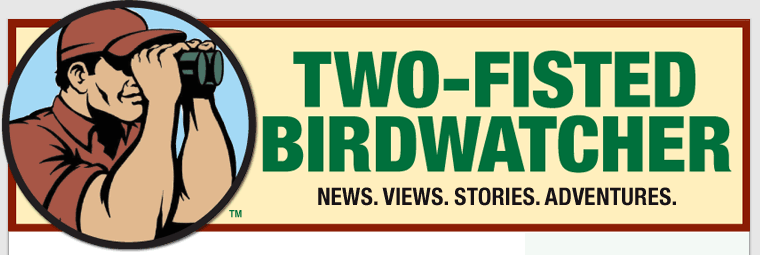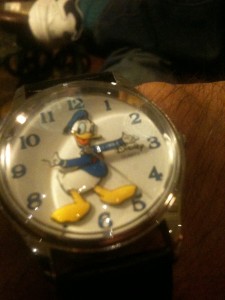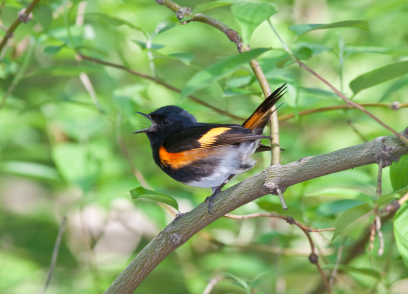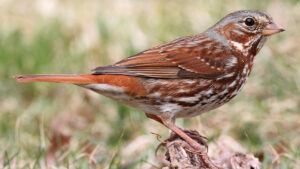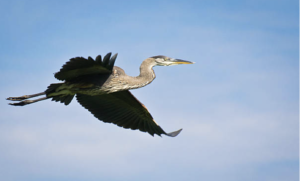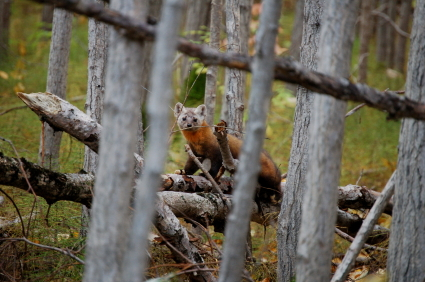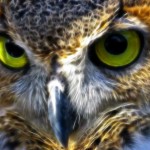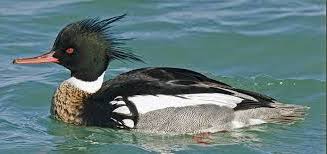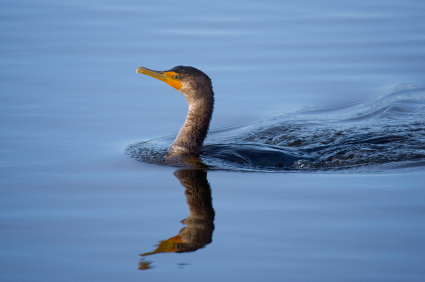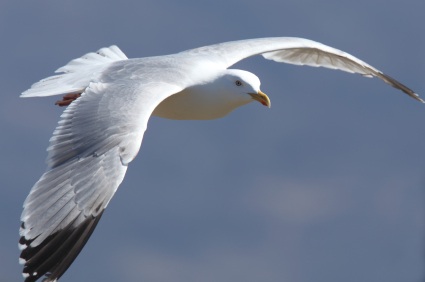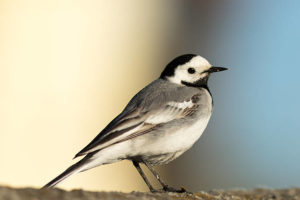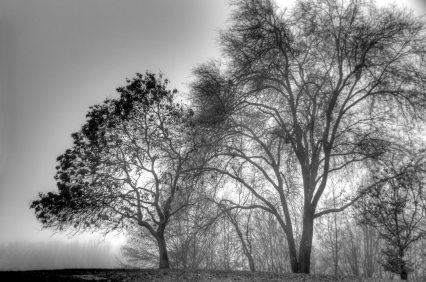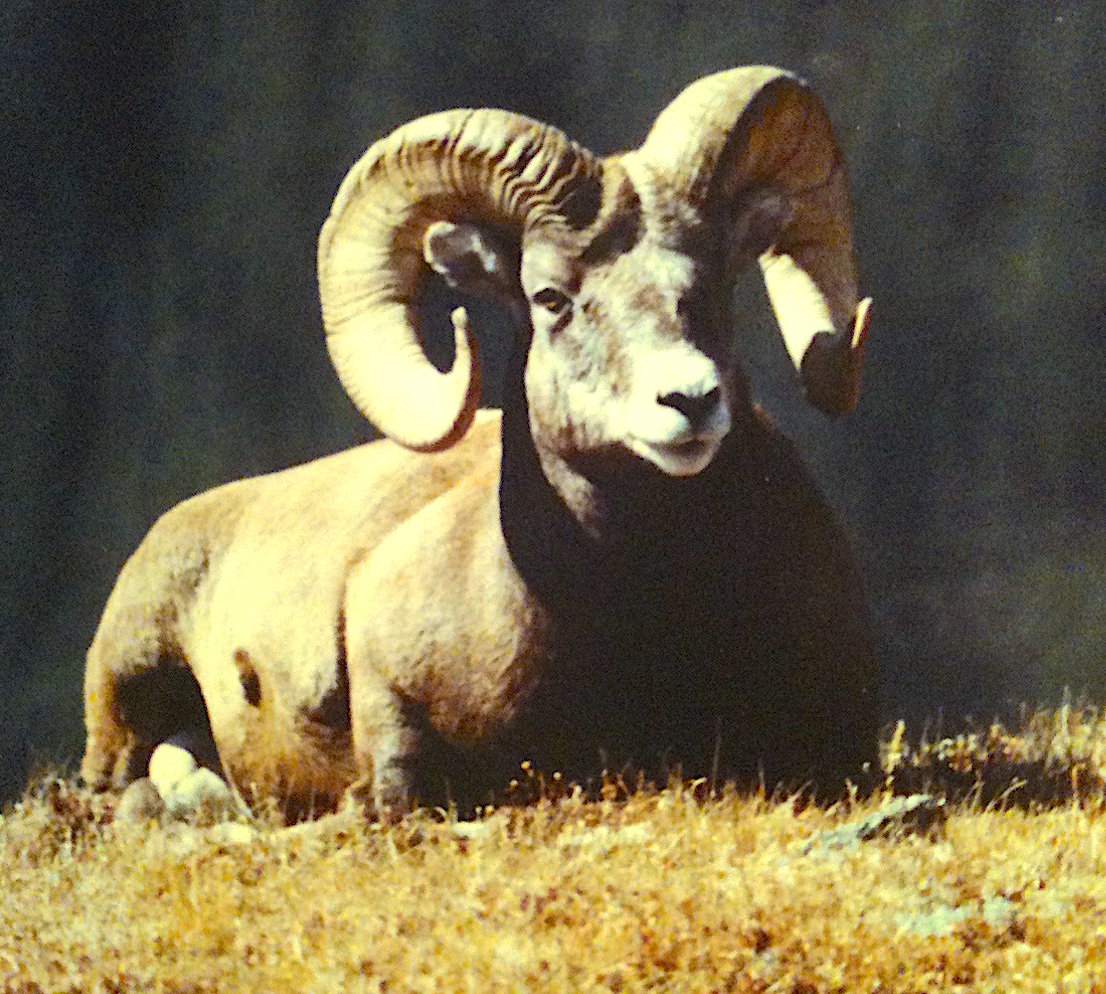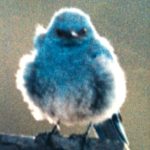It’s freezing, and you’ve been buying cakes of fat.
Personally, you don’t mind the cold. Every breath is rich in oxygen. This makes you feel good. But cakes of fat? Yeah, also known as “suet.” Birds love to eat it.
You put these square cakes in little holders, and hang them outside near a window. Birds are so frozen and hungry, they leave the wild and come close.
For people, congealed fat is believed to be bad news. But for birds it’s money in the bank. So we buy cakes of it, sometimes flavored with seeds and bits of fruit.
It’s surprising how many birds this draws, and how many different kinds.
What’s also surprising is that you might not feel this is real bird watching. Definitely not “Two-Fisted.” Too easy. But at the moment, who cares?
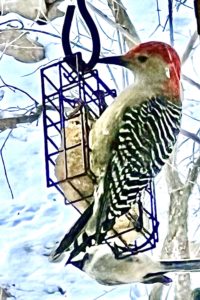
Fish in a barrel
It’s good to give the birds a hand when it’s freezing. Even if spotting birds at a feeder is kinda like shooting fish in a barrel.
Today there was a big Red-bellied Woodpecker on the other side of the glass. Lured here with fat and seeds.
Also, American Goldfinches in sparrow-like winter plumage, Dark-eyed Juncos, Cardinals, Black-capped Chickadees, White and Red-breasted Nuthatches, Downy and Hairy Woodpeckers. A forlorn Mourning Dove.
Your yard’s become something like a zoo. (If you see a gorilla in a zoo, you don’t feel like you saw a gorilla. You feel kinda sad.)
You tell yourself that if you want to do some real bird watching, you’ll put on a coat, boots, a stupid-looking hat, and get your freezing butt into the woods.
It won’t be “too easy” to see a Red-bellied Woodpecker there. But if you do, it’ll mean something. And if you don’t, maybe that’s because the bird’s in your backyard, bopping around in front of a kitchen window.
Footnote: The above post was adapted from one that ran in 2012, so if it looks familiar, thanks for having a two-fisted memory. The original was titled “Too Easy,” a critique about that “fish in a barrel” thing. Somehow, in this era of declining bird populations and on this day of sub-zero wind chills, we’re not as concerned about sightings being “too easy,” and we’re pleased to keep those cakes of fat in the game.
